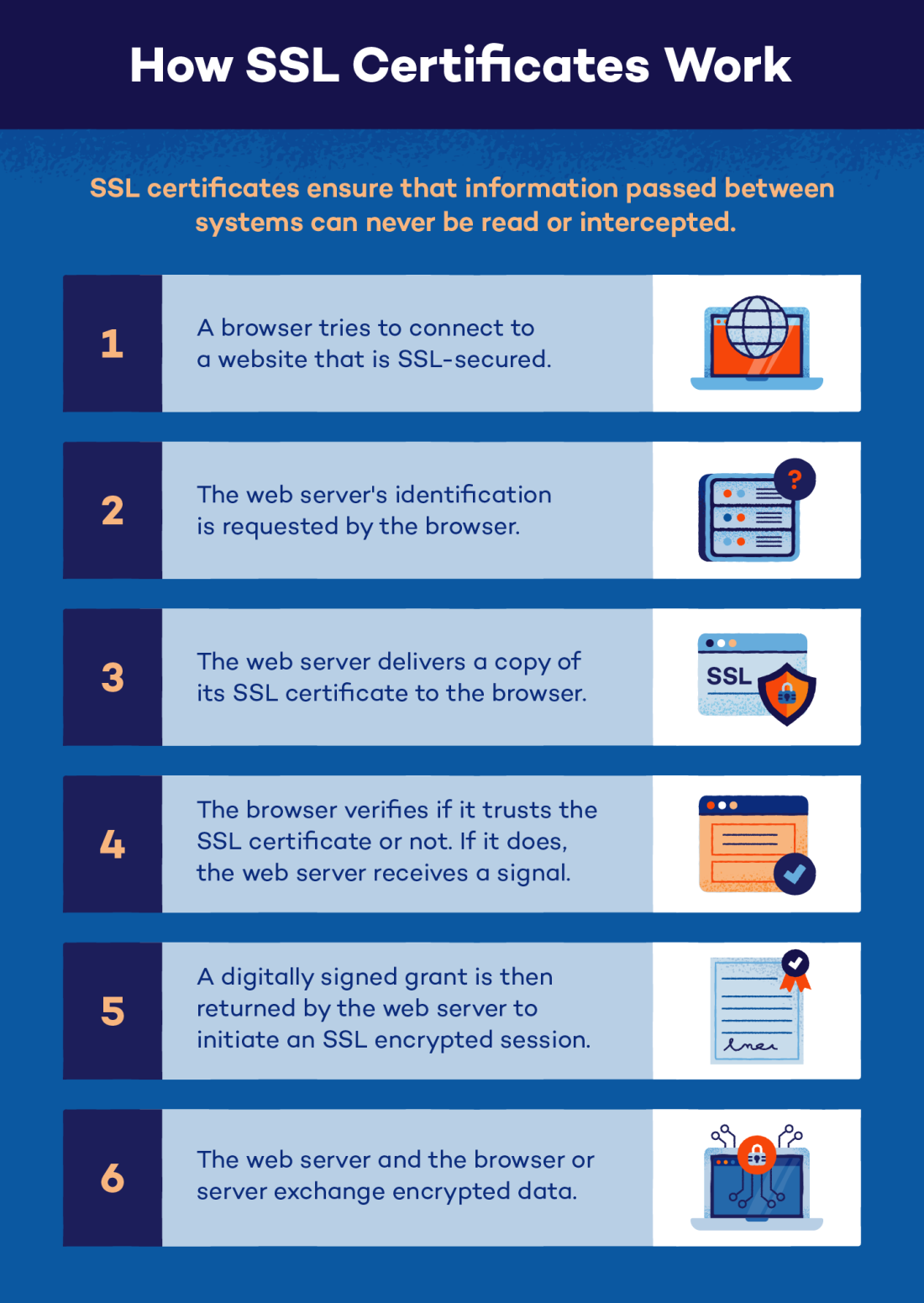In the labyrinthine world of internet technology, acronyms abound, often leading to misunderstandings and misconceptions about their significance. One such acronym is SSL, which stands for Secure Sockets Layer. This cryptographic protocol is primarily utilized to ensure secure communication over a computer network. However, the reality behind SSL is often conflated with superficial definitions, creating an enigma that warrants a deeper exploration.
To dissect the layers of SSL, one must first consider its fundamental purpose: the safeguarding of data integrity and confidentiality during transmission. When you visit a website that uses SSL, your browser initiates a handshake with the server, establishing a secure connection. This handshake is not merely a formality; it involves an intricate exchange of cryptographic keys. Only then can data traversing the digital milieu be shielded from potential eavesdroppers and malevolent actors.
Notably, the history of SSL traces back to its inception in the early 1990s by Netscape Communications. However, despite several iterations and enhancements over the years, the fundamental premise has remained consistent: SSL aims to authenticate the legitimacy of web servers while encrypting data sent between the user and the site visited. This protocol laid the groundwork for what would eventually evolve into Transport Layer Security (TLS), its more secure successor. The evolution from SSL to TLS underscores the dynamic nature of cryptography; it continuously adapts to counter emerging vulnerabilities.
One might wonder why such technical nomenclature captivates the imagination of both technophiles and the layperson alike. The fascination with SSL is tied to an inherent desire for security—an imperturbable assurance that one’s digital exchanges are cloaked in a protective veneer. As more individuals engage in e-commerce, online banking, and various web-based services, the emphasis on secure communication becomes paramount. This need transcends mere interest; it is a societal imperative in an age where cyber threats are omnipresent.
Given this context, it’s vital to observe the common misperceptions regarding SSL. Many individuals equate the presence of SSL indicators, such as the padlock icon in browsers, with comprehensive security. While SSL provides essential encryption, it does not render a website impervious to all cyber threats. And herein lies a crucial revelation: SSL is but one aspect of a multifaceted approach to cybersecurity. Its limitations must not be overlooked. For instance, it does not preemptively avert attacks aimed at exploiting software vulnerabilities or social engineering tactics like phishing.
Furthermore, SSL certificates, which indicate a website’s use of the protocol, can be obtained for varying levels of validation. This stratification—that ranges from Domain Validation (DV) to Extended Validation (EV)—highlights another layer of complexity. The rigorous vetting process associated with EV certificates is intended to bolster consumer confidence, creating a false dichotomy in perceived safety. The naive assumption that an EV certificate guarantees absolute security can lull users into a false sense of tranquility.
Moreover, the mechanics behind SSL are equally captivating. At its core lies the concept of asymmetric cryptography, which employs a pair of keys—public and private. This paradigm creates a robust framework where even if the public key is intercepted, the corresponding private key remains safeguarded. Yet, the sophistication of this encryption does not preclude erroneous implementations, where misconfiguration can lead to the very vulnerabilities it seeks to mitigate.
This brings us to the notion of trust. SSL relies heavily on a chain of trust established by Certificate Authorities (CAs)—entities that validate the identities of organizations seeking SSL certificates. A breakdown in trust at any point in this hierarchical structure can lead to catastrophic outcomes. If a CA is compromised, the ramifications ripple across countless domains, undermining the foundational trust that users place in SSL-secured websites.
In recognizing why SSL resonates on such a myriad of levels, it becomes increasingly evident that its significance extends beyond mere technicalities. It is emblematic of a broader societal concern regarding the sanctity of personal data and the ethical implications of technology in an interconnected world. The fascination with SSL embodies a quest for safety, grounding, and assurance amidst the unpredictability of the digital frontier.
As we traverse the complexities of SSL and its role in contemporary cybersecurity, one must appreciate the nuances that inform our understanding of what it truly stands for. It is more than just an abbreviation; it is a testament to humanity’s ongoing endeavor to secure our communications in an era where digital encroachments threaten our very fabric. The narrative of SSL is one of resilience, adaptation, and the unwavering human spirit’s quest for security in an uncertain world.
In conclusion, the enigma of SSL is not merely a matter of abbreviation but warrants a thorough parsing of its implications, history, and evolving nature in the digital age. The true essence of SSL beckons a vigilant acknowledgment of its intricacies, paving the way for informed discussion and conscientious engagement with the technology that underpins our daily interactions. Thus, while it may seem like an acronym, SSL symbolizes an intricate tapestry of trust, safety, and the relentless pursuit of security in an increasingly complex digital landscape.








Leave a Comment